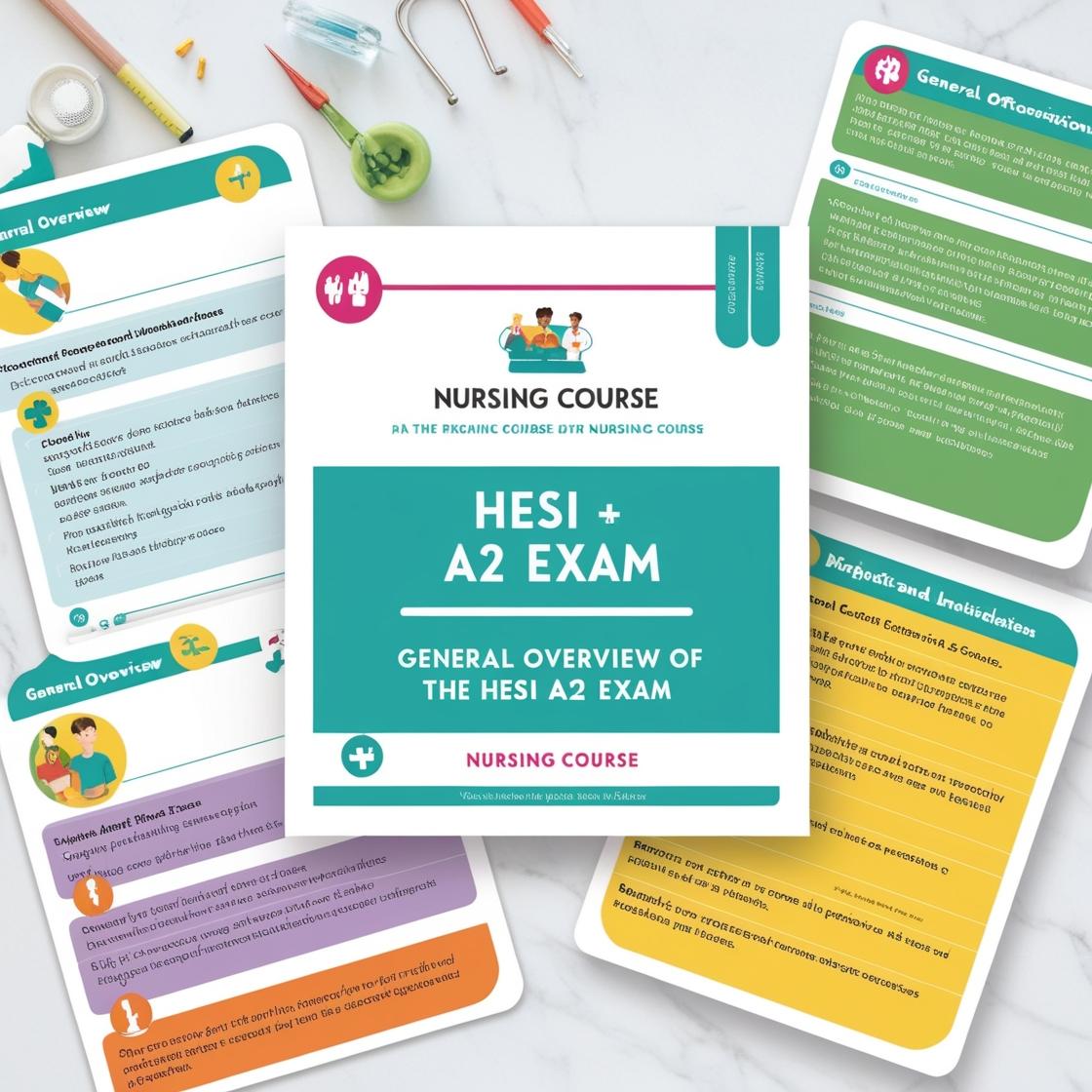HESI A2
HESI A2 Math Practice Test
1. If the outside temperature is 59 degrees on the Fahrenheit scale, what is the approximate temperature on the Celsius scale?
- A. −9°C
- B. 15°C
- C. 23°C
- D. 87°C
Correct answer: B
Rationale: To convert Fahrenheit to Celsius, you can use the formula: °C = (°F - 32) x 5/9. Substituting the Fahrenheit temperature of 59 degrees into the formula: °C = (59 - 32) x 5/9 = 27 x 5/9 = 135/9 = 15. Therefore, the approximate temperature on the Celsius scale is 15°C. Choice A is incorrect as it represents a negative temperature which is not the case here. Choice C and D are also incorrect as they do not match the calculated conversion from Fahrenheit to Celsius.
2. Positive integers are numbers greater than zero. Which of the following expressions results in the largest positive number?
- A. (2 + 3)^2
- B. 5 x 7 + 2
- C. 10^2 - 4^2
- D. (8 - 1) x 3
Correct answer: C
Rationale: To find the largest positive number among the expressions, we evaluate each one: A) (2 + 3)^2 = 5^2 = 25 B) 5 x 7 + 2 = 35 + 2 = 37 C) 10^2 - 4^2 = 100 - 16 = 84 D) (8 - 1) x 3 = 7 x 3 = 21 Therefore, the expression that results in the largest positive number is 10^2 - 4^2, which equals 84. Choices A, B, and D result in smaller numbers.
3. Which of these dates is represented by the Roman numeral MMXV?
- A. 2001
- B. 2015
- C. 2051
- D. 2105
Correct answer: B
Rationale: The Roman numeral MMXV represents the year 2015. In Roman numerals, M represents 1000, X represents 10, and V represents 5. Therefore, by converting the Roman numeral MMXV into its numerical equivalent (1000 + 10 + 5), it corresponds to the year 2015. Choice A (2001) is incorrect as it would be represented as MM + I, choice C (2051) would be represented as MM + LI, and choice D (2105) would be represented as MMCV in Roman numerals, making them all inaccurate representations of MMXV.
4. What is the result of dividing 3 by 4?
- A. 5.75
- B. 5.875
- C. 6.25
- D. 0.75
Correct answer: D
Rationale: To divide 3 by 4, we perform the division operation: 3 ÷ 4 = 0.75. The correct answer is 0.75 (D). Choices A, B, and C are incorrect because they do not result from dividing 3 by 4. Choice A (5.75) is the result of dividing 23 by 4, choice B (5.875) is the result of dividing 7 by 1.2, and choice C (6.25) is the result of multiplying 5 by 1.25.
5. The plane is due to land at 6:20 P.M. What would that be in military time?
- A. 620
- B. 1820
- C. 6020
- D. 6200
Correct answer: B
Rationale: In military time, the afternoon and evening hours are represented by adding 12 to the standard time. Therefore, 6:20 P.M. would be equivalent to 18:20 in military time. To convert from P.M. to military time, simply add 12 hours to the given time. Choice A, '620,' is incorrect because it does not account for converting to military time. Choice C, '6020,' is incorrect as military time uses a 24-hour clock format, and the hour digit should not exceed 23. Choice D, '6200,' is incorrect as it does not follow the military time format where the hour part ranges from 00 to 23.
Similar Questions

Access More Features
HESI A2 Basic
$99/ 30 days
- 3,000 Questions with answers
- 30 days access @ $99
HESI A2 Premium
$149.99/ 90 days
- Actual HESI A 2 Questions
- 3,000 questions with answers
- 90 days access @ $149.99
